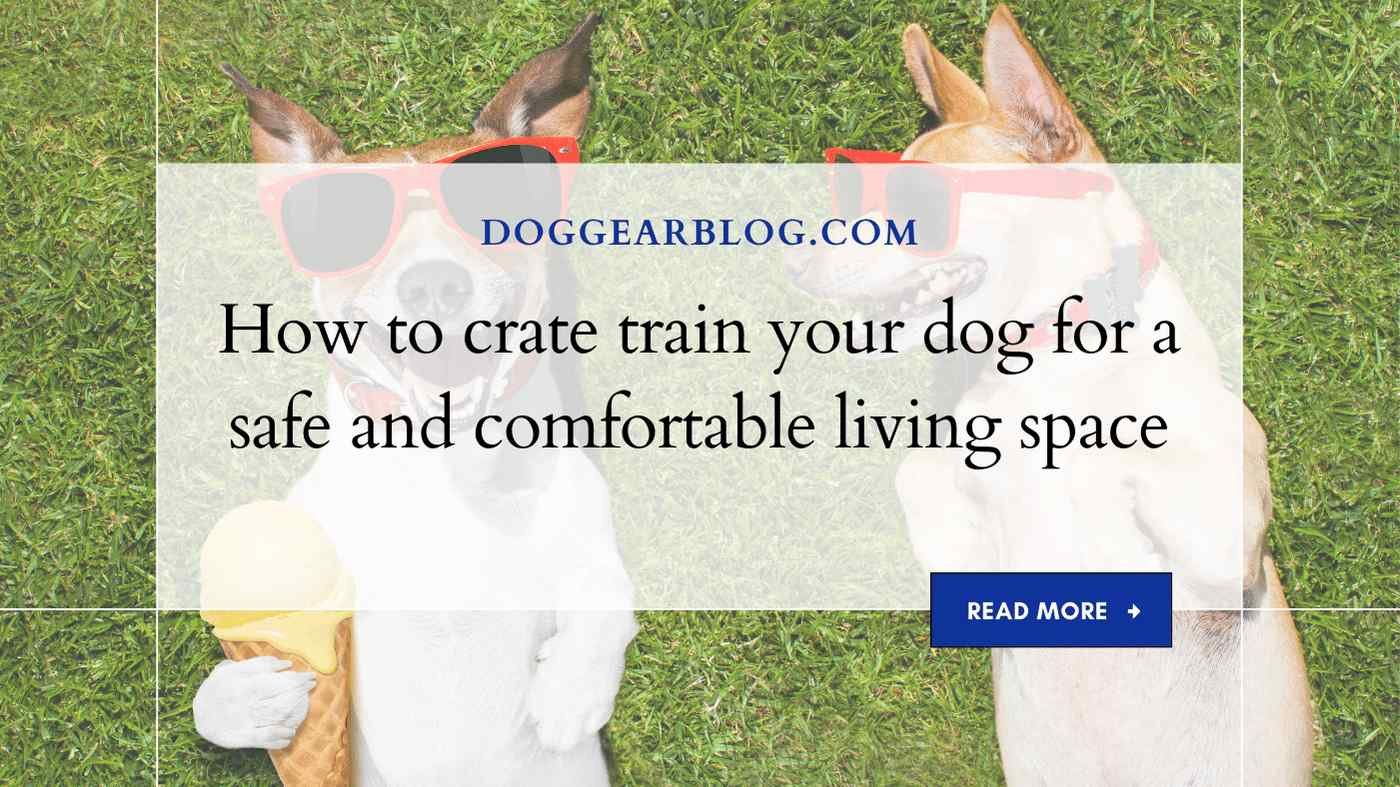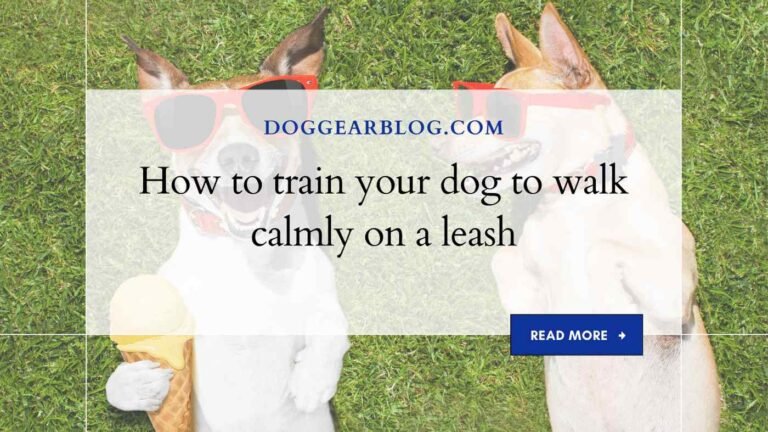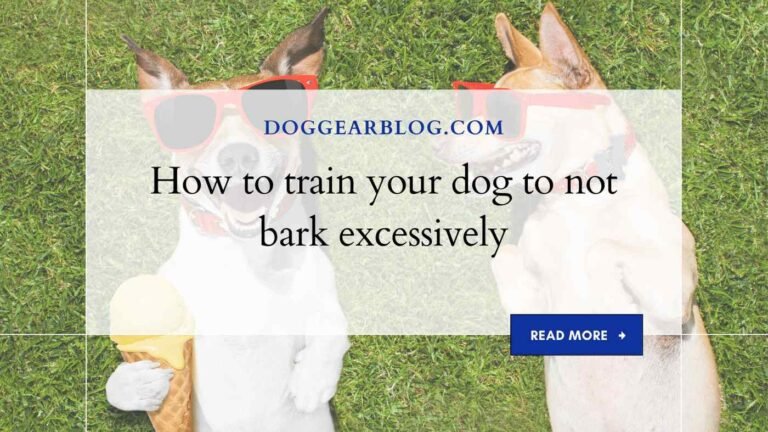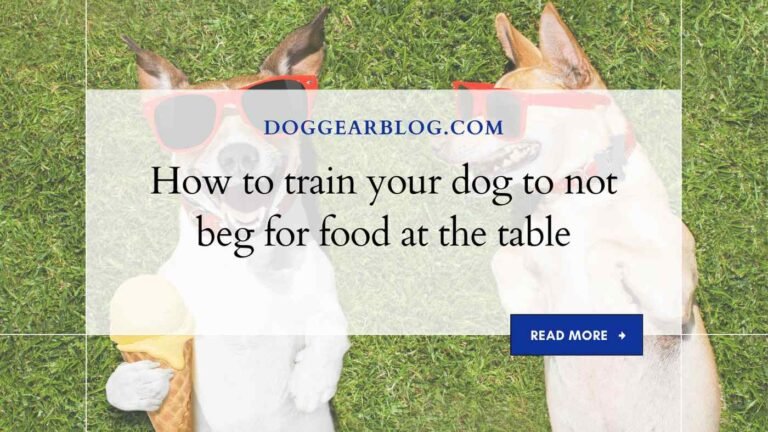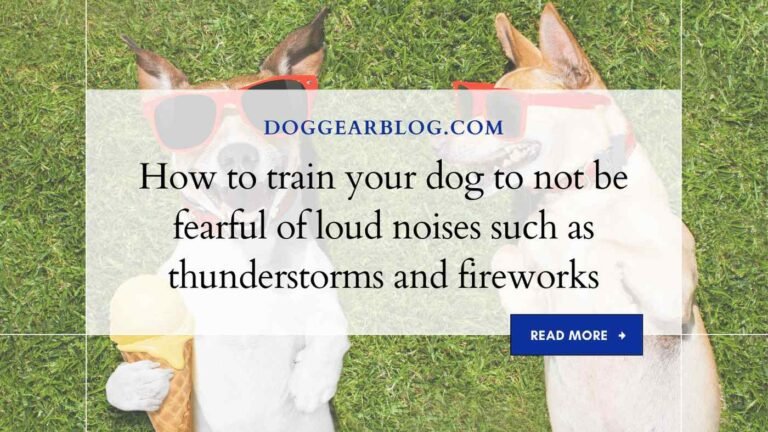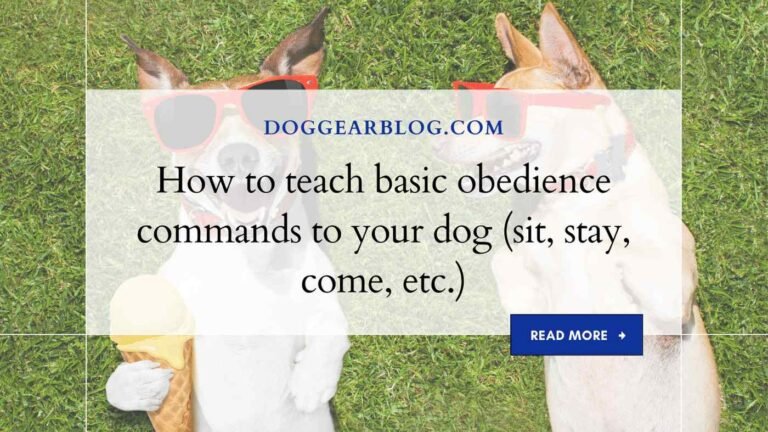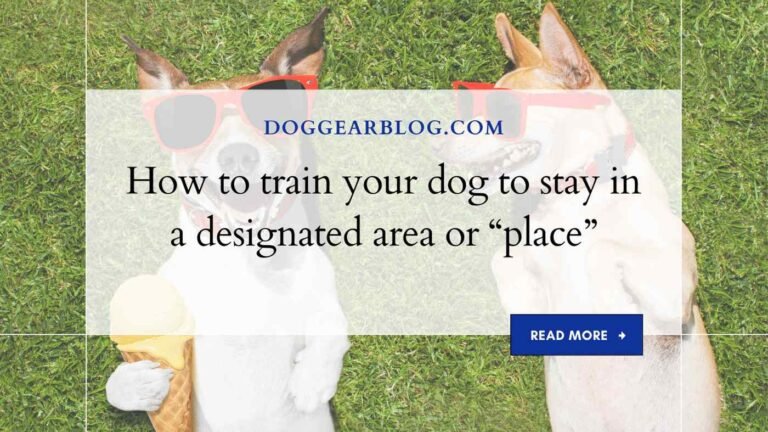How to crate train your dog for a safe and comfortable living space
Welcome to our blog post on how to crate train your dog for a safe and comfortable living space! If you’re a new pup parent, one of the first things you’ll want to teach your furry friend is how to feel secure and happy in their crate. With proper training, their crate can become a cozy retreat where they feel calm and relaxed while you’re away from home. Whether you already have a young pup or are considering getting one soon, read on for our top tips and tricks on creating a positive crating experience for both you and your canine companion!
What is a crate?

When teaching your dog to live in a crate, be patient and consistent. Start by providing him with plenty of positive reinforcement—a treat or Kong® toy—when he goes into the crate voluntarily. If he refuses to go in at first, try tricking him by placing something small inside the crate before enticing him in with a treat or Kong. Once he is more likely to go in on his own, gradually work up to putting him in for longer periods of time. Never force your dog into a crate; if he resists, take it slow and leave the door open.
A crate can be a great way to help housetrain your dog and teach him good house manners. For maximum positive reinforcement, provide your dog with his own crate and make sure it is large enough for him to lie down and stand up in with ample space around him.
Why do people use crates?

Crates can provide a safe and comfortable place for your dog to live, whether you are training them or just want to give them a space they feel comfortable in. They give your dog a sense of order and security, which can help with their overall behavior. Crates also make it easy to transport your dog around, whether you are taking them for a walk or going on a trip. If you are using crates for training, it is important to make sure your dog gets plenty of exercise and toys so that they don’t get discouraged or bored inside the crate.
How to crate train your dog
Crate training is a process of teaching your dog to understand that they need to be inside a specific space while you are away, in order to make them more comfortable and safe.
You will want to start by ensuring that your crate is large enough for your dog to comfortably stand up, turn around and lie down in. You can acquire a crate either pre-made or build one yourself using an Ikea delivery box as a base and door/windows from an old furniture piece.
Once you’ve got your crate, it is important to introduce it gradually to your dog. Start by putting them in the crate for short periods of time – just long enough for you to leave the house – and gradually increase the time they are confined. Once they’re comfortable spending some time in their crate every day, you can start adding in some special occasions – like when you have overnight guests – so that they truly understand that this area is theirs.
One final note on crate training: always keep an eye on your dog while they’re inside; if there are any signs of distress, such as excessive whining or chewing on the crates walls, immediately take them out and try again later when they’re less agitated. If you have any questions about crate training your dog, please don’t hesitate to get in touch with one of our experts!
When to let your dog out of the crate
When you first get your dog, it’s important to make sure they are comfortable in their new home and environment – this includes being happy and safe inside a crate. A crate can be an essential part of your dog’s safety and well-being, especially when first getting them home or when they have some behavioural issues. Here are 6 tips for crate training your dog:
1). Start small – let them out of the crate for one hour at a time, gradually increasing the time over time as they become more comfortable in the space.
2). Rewards – give your pup treats or toys when they stay inside the crate and spend time quietly seated or lying down. This will help reinforce good behaviour and help keep them excited about the crate.
3). Stay positive – be consistent with your training methods, maintaining a positive tone throughout so that your dog remains confident in their confinement.
4). Occasional breaks – after your pup has been spending time inside the crate for a while, allow them out for an occasional break to stretch their legs and play outside. This will help prevent situations from developing where they become anxious about being confined again.
5). Use a gate – if your pup is showing signs of becoming too anxious or frustrated about being confined, try using a gate to separate their bedroom from the rest of the house. This will give them more freedom but still keep them safe within their designated space.
6). Don’t force the issue – if your pup is reluctant to spend time inside their crate, don’t force them. Instead, try gradually introducing the space over a longer period of time, increasing the number of sessions each day until they are more relaxed and comfortable in their surroundings.
Crate training tips for success
One of the most important things you can do to help your dog adjust to living in a crate is to start early. Start training your dog when he is young and impressionable, and he will be more likely to learn quickly and enjoy being in his crate. Here are some tips for crate training:
1) Establish a routine. Set up a regular routine for your dog’s Crate Training Session. This will help him become accustomed to the noises, smells, and feel of being in the crate. Once your dog knows what’s expected of him, it will be easier to enforce proper behavior.
2) Choose the right size crate. The size of your dog’s crate should be based on how much space he takes up as well as how much time he spends inside the crate each day. Many dogs thrive in small crates that are 3-4 feet long and wide, while others can comfortably fit in large crates that are 6-8 feet long and wide. It’s important that the crate is big enough for both you and your pet so there’s plenty of room to move around but not so large that your pet has trouble adjusting or feels claustrophobic. Consult with a professional about choosing the perfect size for your pet; they will be able to provide you with accurate measurements.
3) Place the Crate near an Area where Your Dog Prefers To Be (like His Bed). Place his Crate near his favorite spots such as his bed so that he associates the crate with positive experiences. This will help him to be less resistant to being in it when you try to take him for a walk or put him in it while you’re away.
4) Make the Crate Fun and Pleasant. Some toys, like soft chew bones, can be filled with kibble and placed inside the crate for your dog to play with. Some people also buy specially made crates that include a comfortable pad on the bottom and side walls, making them akin to a small den for your pet.
5) Exercise Your Dog Prior To Crating Him. Taking your dog on a short walk before putting him into his crate will help to clear his head and relax him before bedtime.
6) Always Leave The Door Open When Crate Training Your Dog. If your dog exhibits bad behavior such as barking or whining when you put him in the crate, make sure the door is open enough for him to get out without needing help. This way he won’t associate being in the crate with negative experiences and may begin to confine himself only when you’re there to supervise him.
Conclusion
Training your dog to live in a crate is an important step in establishing a safe and comfortable living space for both you and your pet. By following these eight tips, you can successfully crate train your dog:
- Start with basic obedience commands such as “sit,” “down,” and “stay.” Train these commands before training the crate command.
- Crate training should not be based solely on punishment – rewarding your pup with treats inside the crate will only perpetuate bad behavior. Only use rewards if they are part of the process of teaching your dog how to behave inside the crate.
- Use a large enough-size crate so that your dog has plenty of room to move around, but isn’t able to stand up or lay down fully inside it. Crates made especially for dogs tend to be more spacious than those designed for humans.
- Make sure the door of the crate is easy for your pup to open, and make sure it closes securely so that he cannot escape during training sessions. If you find that your pup is always escaping from his crates, try adding a second level of security by inserting a piece of durable wood into either side of the door opening once it’s installed properly.
